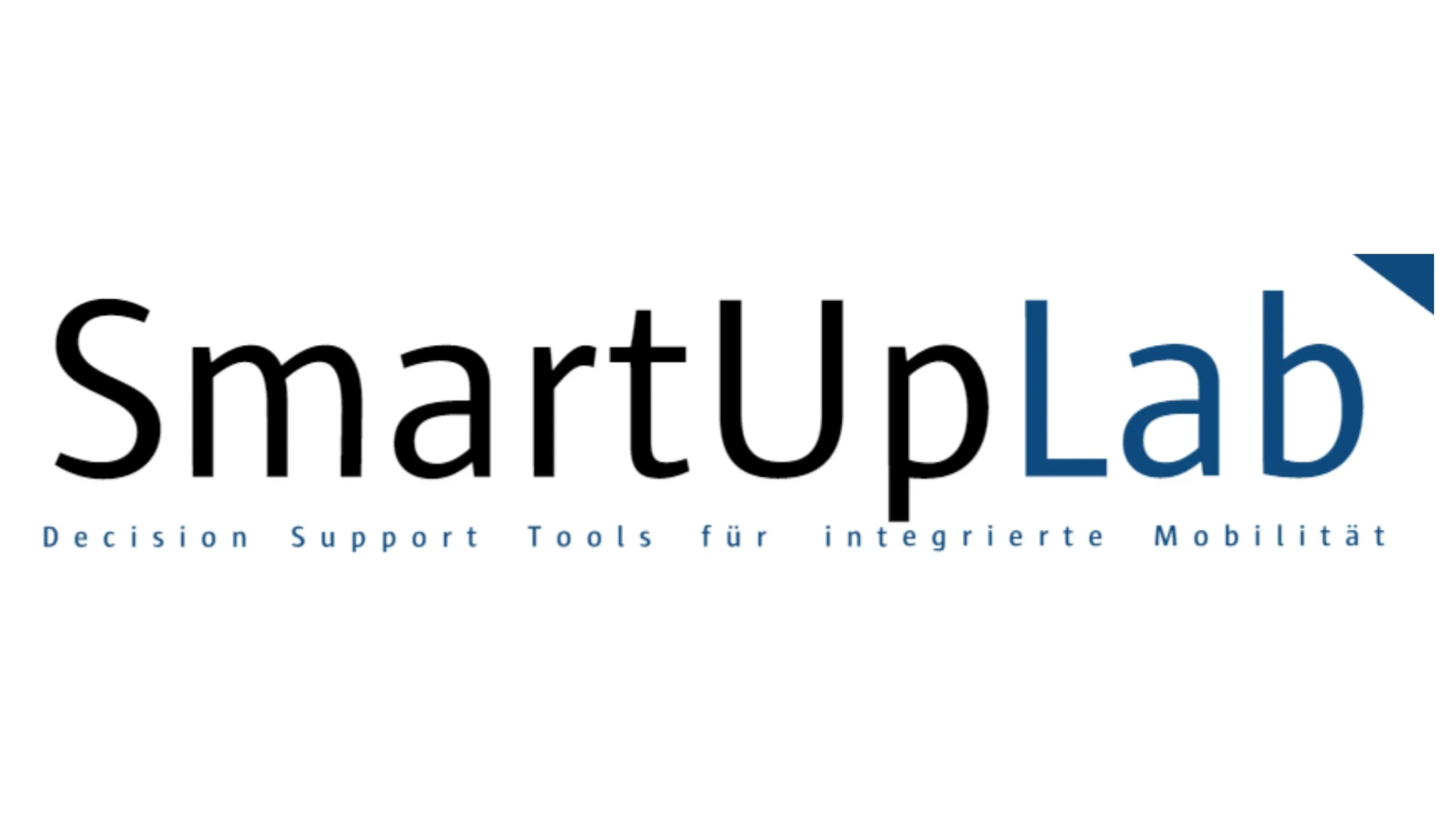SmartUpLab – Decision Support Tools for Integrated Mobility Systems
SmartUpLab develops an intelligently networked tool environment to support the introduction of innovative mobility systems.

SmartUpLab deals with future developments of local and regional mobility. The project develops an intelligent toolbox for planning innovative mobility solutions in cooperation with stakeholder groups, e.g. from transport planning, the energy industry and urban planning.
The global trends towards the necessary transformation of our mobility systems due to challenges such as climate change, but also triggered by the technical possibilities of networked, increasingly automated mobility solutions, go hand in hand with new digital platforms as well as with the automation, networking and far-reaching electrification of fleets (car, scooter, scooter, e-bikes). The new mobility services, which in combination with a sustainable energy supply follow partly disruptive business models of new actors, increasingly pose great challenges to municipal urban and transport planning.
Scenarios are modelled using participatory research methods. The resulting interactive simulations enable a reduction of complexity in order to identify system dynamics and interactions for stakeholders in a clear way. SmartUpLabs integrates technologies and data-based planning methods to realise the models.
The research design is based on a sprint logic that implements the following project components in an agile manner:
-
Identification of the requirements and challenges of the development of local and regional mobility systems involving decision makers from different stakeholder groups.
-
Mapping of existing best practice examples and technologies in cooperative planning processes.
-
Integration of existing geoinformation systems and data for the simulation of future scenarios of selected use cases.
-
Establishment of a SmartUpLab transfer hub for the re-use of the developed planning tools.
SmartUpLab integrates various planning tools that are currently only available as stand-alone tools and methods. Due to its modular structure, the toolbox can be expanded and transferred for further planning tasks.

Project management



Employees

